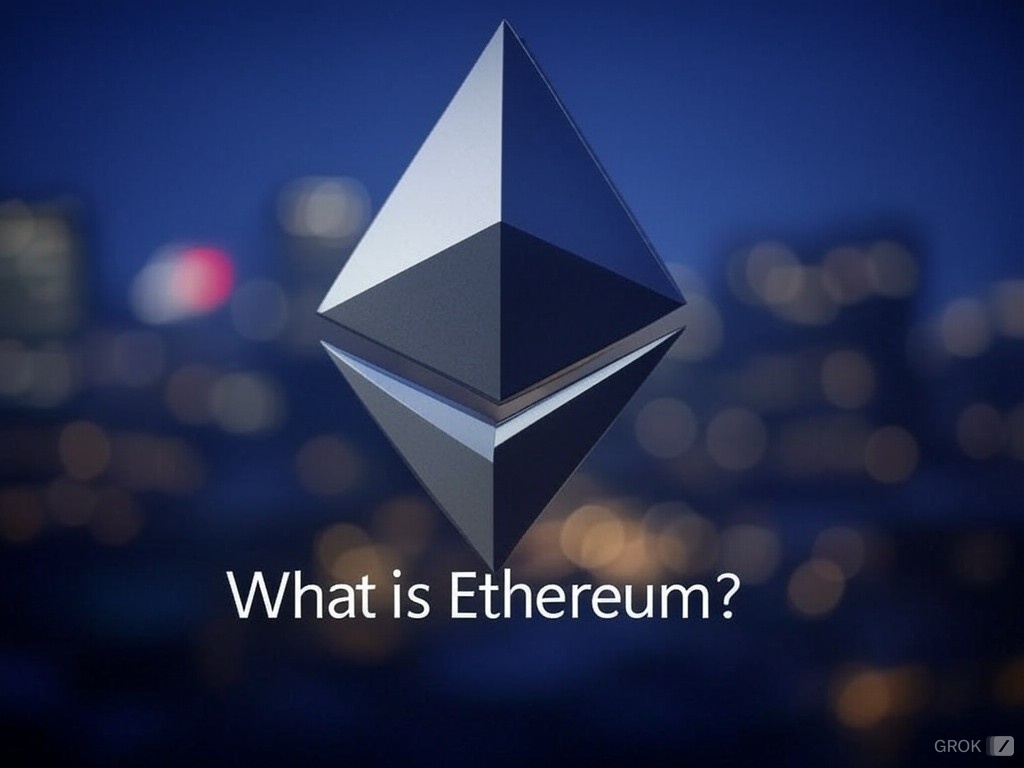

On-chain analysis platforms Artemis and Dune have demonstrated in a joint report that the number of active stablecoin wallets has increased by more than 50% in a year. The report, titled ‘The State of Stablecoins 2025: Supply, Adoption & Market Trends’, shows that the number of active addresses has risen from 19.6 million in February 2024 to 30 million in February 2025. This represents a growth of 53% year-on-year.
The companies indicate that this expansion points to broader user engagement. The report also suggests that stablecoins have grown into a bridge between traditional finance and crypto in 2024, thereby becoming a crucial part of digital finance.
Decentralized finance (DeFi) and broader accessibility are cited as some of the main drivers behind the increase in active addresses, alongside the rise in institutional adoption and the growing use of stablecoins in payments.
The total supply of stablecoins has also risen alongside the number of active addresses. The total supply was $138 billion in February 2024, while this had risen to $225 billion in February 2025, representing a growth of 63% year-on-year. Unlike other crypto assets, stablecoins maintain a value of $1, which means that their market capitalization is comparable to their total supply.
In addition, the monthly transfer volume of stablecoins also increased during the same period. In February 2024, the transfer volume was $1.9 trillion, which had risen to $4.1 trillion by February 2025 – an increase of 115% year-on-year.
In December 2024, the highest recorded volume was reached with a total of $5.1 trillion, after which there was a slight decline in 2025. In total, stablecoins facilitated about $35 trillion in transfers over the past year.
Other statistics showed explosive growth, but the average transfer amount for stablecoins remained virtually the same. This increased from $676,000 in 2024 to $683,000 after one year. Nevertheless, peaks were observed in May (with $2.6 million) and July (with $2.2 million), indicating increased activity from large investors or institutions.
Analysts from Artemis and Dune suggest that these fluctuations point to the broad use of stablecoins, by both private users and institutional parties.